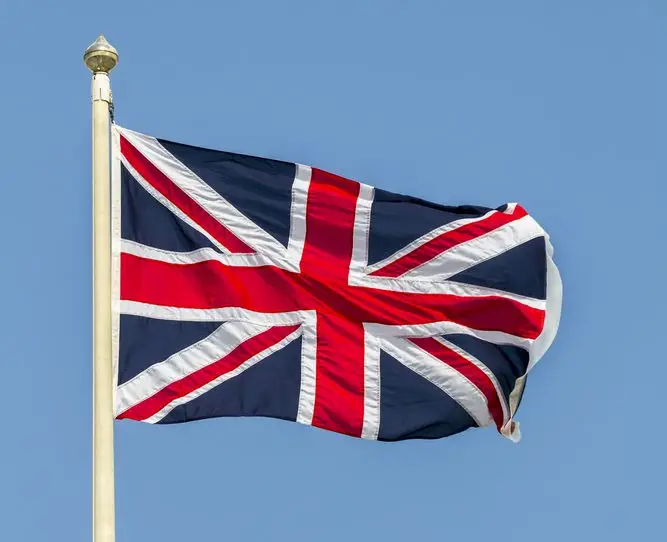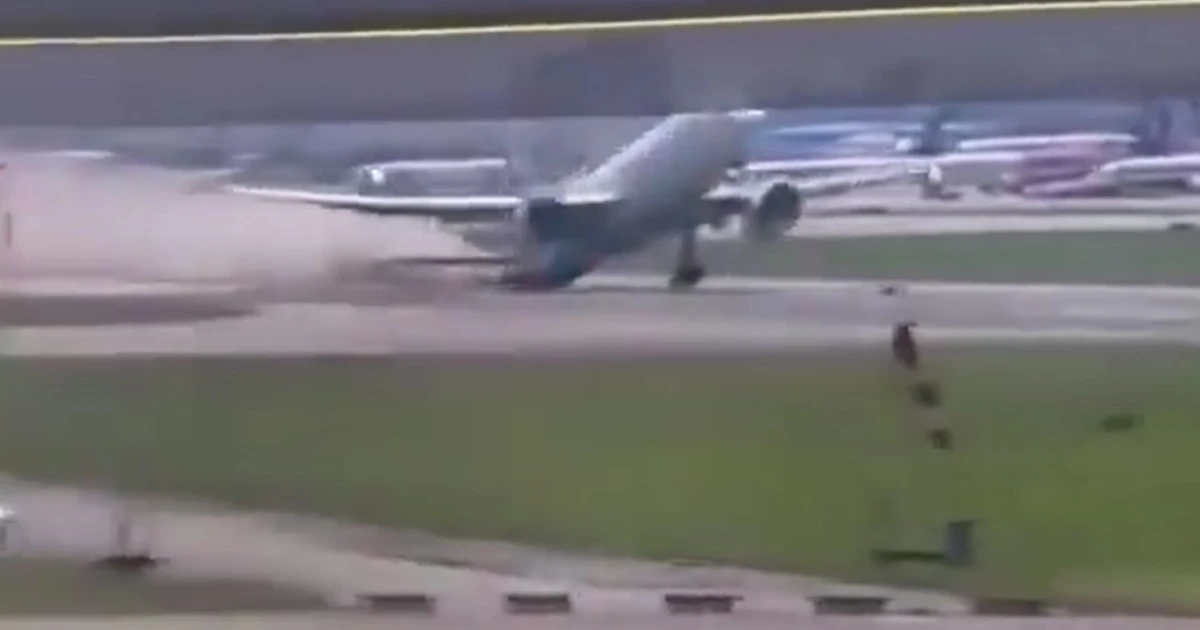
This measure was put in place by the Ministry of Transport and Communications (MTC) through a ministerial decision published last weekend in the official “Peruano” newspaper.
The standard extends from 1 to 15 May to suspend passenger flights from the United Kingdom, South Africa and Brazil, where outbreaks of new variants of the Coronavirus have been recorded, as a preventive measure to reduce the risk of infection.
Commercial flights with the United Kingdom have been suspended for nearly a year, having been in operation for only a week since the government issued its first mandatory national quarantine on March 15, 2020.
After a short opening, in December the Peruvian government again suspended its contacts with Europe, when the expansion of the British variant of the Coronavirus was confirmed.
Peru currently has open borders with some European countries, including Spain (Madrid and Barcelona), the Netherlands (Amsterdam) and France (Paris), but it remains closed to travelers from the United Kingdom.
In addition, since October of last year, travel is also permitted to and from Ecuador, Bolivia, Colombia, Panama, Paraguay, Uruguay, Chile, the United States, Mexico, Argentina, Costa Rica, Cuba, Dominican Republic, El Salvador, Jamaica and Canada.
With Brazil, regular air routes were revitalized in October, but were suspended again on February 1 this year due to the second wave of infections in the country, as new booms also occurred.
To enter the territory of Peru, health authorities require a negative PCR for Covid-19 that was performed 72 hours in advance, as well as a medical certificate and permanent use of a mask and face shield throughout the flight.
The South American country is experiencing a second wave of infections, more than 1.8 million cases have accumulated since March 2020 and more than 62,000 deaths due to Covid-19.
In addition, April was the worst of the pandemic in the country, with a daily average of 314 deaths, a figure 60% higher than that observed in August of last year (196), during the worst moment of the first wave.

“Friendly zombie guru. Avid pop culture scholar. Freelance travel geek. Wannabe troublemaker. Coffee specialist.”






